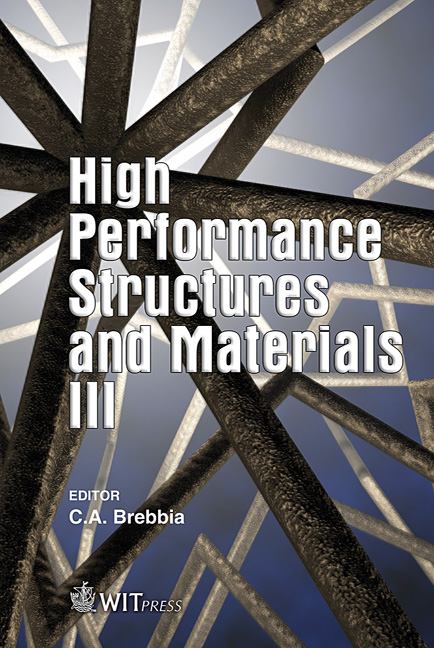Advances In Computational Modeling Through The Use Of Higher-level Microstructure Characterization
Price
Free (open access)
Transaction
Volume
85
Pages
11
Published
2006
Size
438 kb
Paper DOI
10.2495/HPSM060321
Copyright
WIT Press
Author(s)
M. Groeber, M. Uchic, D. Dimiduk, Y. Bhandari & S. Ghosh
Abstract
In this paper, orientation maps of consecutive serial sections are collected in an automated manner by a Focused Ion Beam–Scanning Electron Microscope (FIB-SEM) outfitted with an EBSD system. Micro-Imager, a program developed in this work, uses the 2D EBSD maps to define microstructural features such as grains and grain boundaries. Parameters used to characterize microstructure are also calculated by Micro-Imager for every section. The statistical measurements of each section are compared to assess variability in the microstructure. The 2D sections are reconstructed into a volume by Micro-Imager3D, another program developed in this work. Statistics analogous to those measured in 2D are calculated and compared to the expected distributions predicted by the 2D measurements coupled with stereology. As a result, quantitative descriptions of microstructure are made and improvements over conventional methods are yielded. Information about individual constituents allows correlations between distributions to be derived. The correlations drawn allow models to account for aspects of microstructure that have classically been overlooked. The resulting 3D grain structure serves as a realistic model microstructure. Keywords: quantitative characterization, equivalent representation, modelling. 1 Introduction The ability to characterize microstructure is an important tool for materials scientists and computational modelers, because it allows one to predict the capability of a material for a given application. For example, it is well known
Keywords
quantitative characterization, equivalent representation, modelling.





